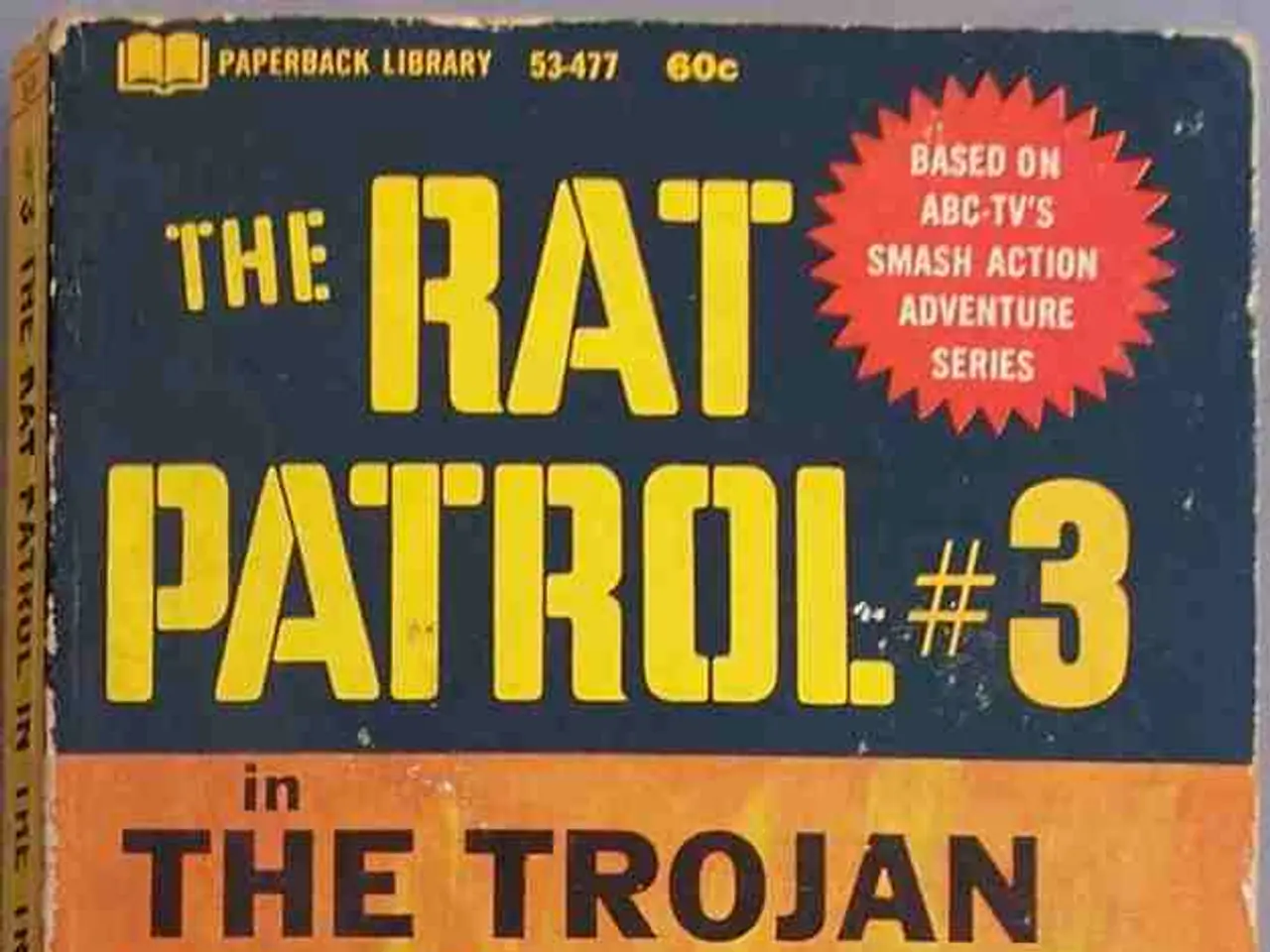Iran boosted its inventory of uranium enriched close to bomb-grade standards before potential Israeli military action
The International Atomic Energy Agency (IAEA) has released a report detailing concerns over Iran's nuclear programme, following the withdrawal of inspectors during the recent conflict. The report, circulated to UN member states, emphasises the need for an urgent resumption of inspections to ensure transparency.
According to the IAEA report, Iran's total enriched uranium stockpile now stands at 9,874.9 kilograms. The report, however, does not provide any new estimates about the total enriched uranium stockpile in Iran. The IAEA Director General, Rafael Grossi, has called for the immediate resumption of full inspections at Iranian nuclear sites.
The report highlights that IAEA inspectors have been unable to verify Iran's near bomb-grade stockpile for over two and a half months. The report does not mention any new developments in the ongoing diplomatic efforts to address Iran's nuclear activities.
The report also states that only the Bushehr Nuclear Power Plant has been inspected since Israeli military strikes. The inspections at other sites affected by Israeli and US attacks, particularly in Iran, remain suspended. Iran has recently allowed IAEA teams back to monitor fuel cycles at some facilities like the Bushehr nuclear plant; however, inspections at sites damaged by Israeli strikes, such as Natans and Fordo, are still not resumed as Iran has not provided detailed reports on the status of uranium materials after the attacks.
The report suggests that the escalating tensions over the Iranian nuclear programme are likely to remain a major focus for global security discussions in the coming months. Negotiations to resume inspections at other sites affected by Israeli and U.S. attacks have not yet been concluded.
As of June 13, 2025, Iran held 440.9 kilograms (972 pounds) of uranium enriched up to 60%. The IAEA estimates that approximately 42 kilograms of 60% enriched uranium could theoretically produce one atomic bomb if further enriched.
The report does not indicate that Iran moved 400 kg of uranium before US strikes, contrary to claims made by certain sources. Failure to verify uranium stockpiles could heighten regional tensions and prompt renewed international scrutiny.
The report was based on information provided by Iran, agency verification activities between May 17 and June 12, 2025, and estimates based on the past operation of relevant facilities. The report was reported by The Associated Press. The IAEA report does not provide any new information about the exact amount of uranium enriched to near weapons-grade levels that Iran moved before US strikes.
The IAEA's call for immediate inspections underscores the ongoing challenges in verifying Iran's nuclear activities and the need for diplomatic efforts to ensure compliance with international nuclear non-proliferation agreements.
Read also:
- Impact of Alcohol on the Human Body: Nine Aspects of Health Alteration Due to Alcohol Consumption
- Understanding the Concept of Obesity
- Lu Shiow-yen's Challenging Position as Chair of the Chinese Nationalist Party (KMT) Under Scrutiny in Donovan's Analysis
- Tough choices on August 13, 2025 for those born under Aquarius? Consider the advantages and disadvantages to gain guidance








